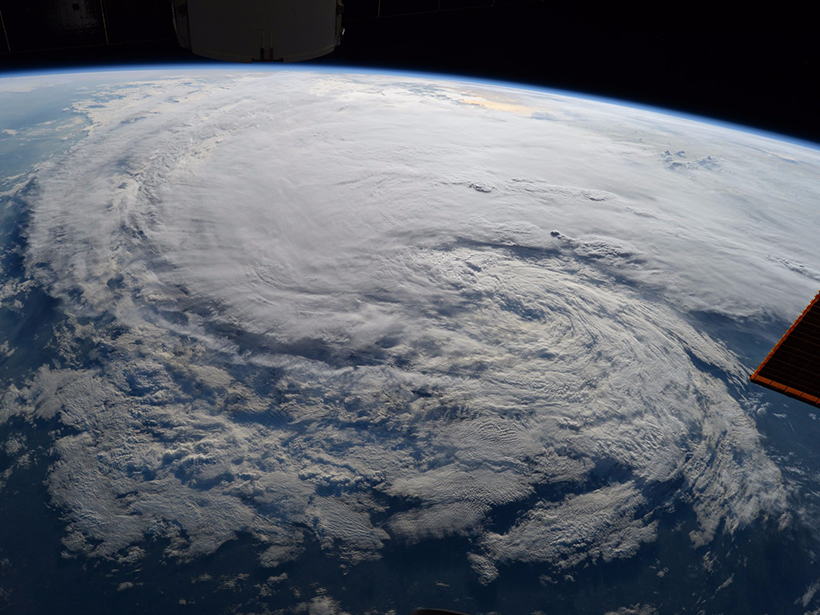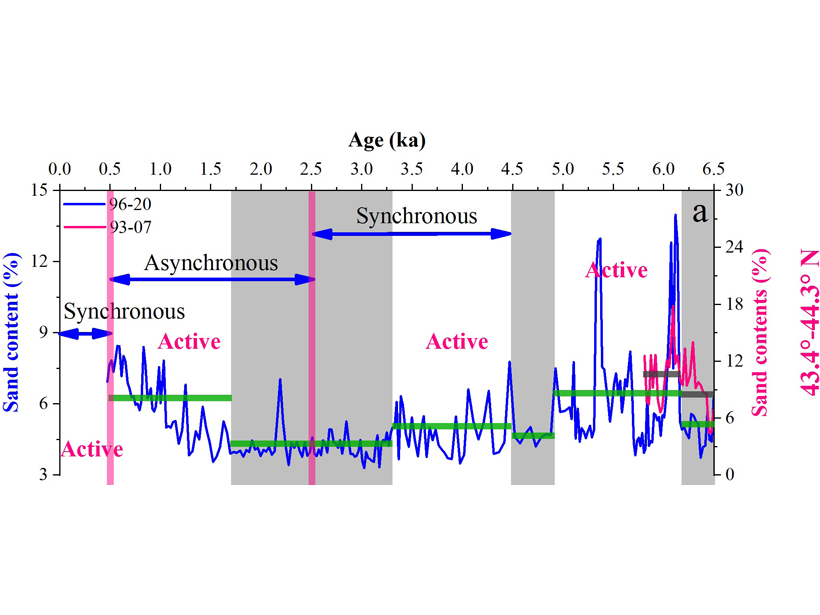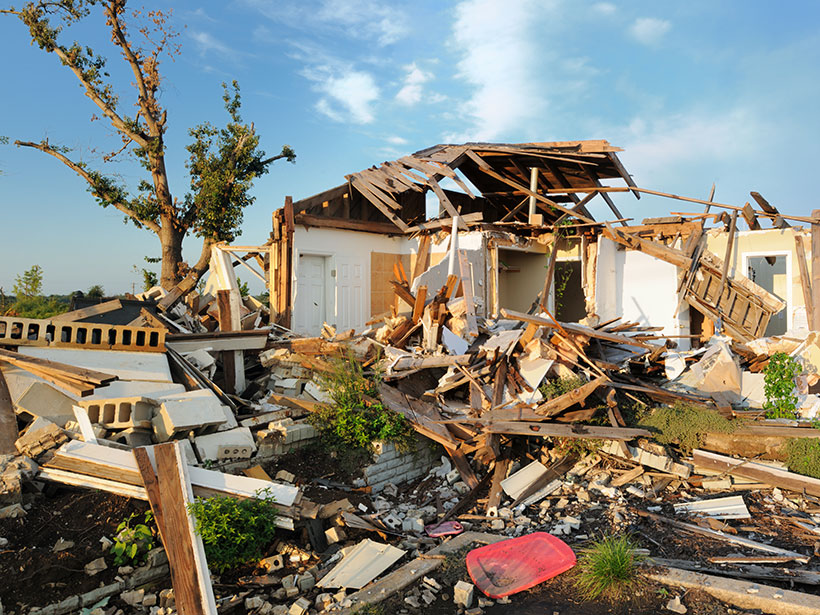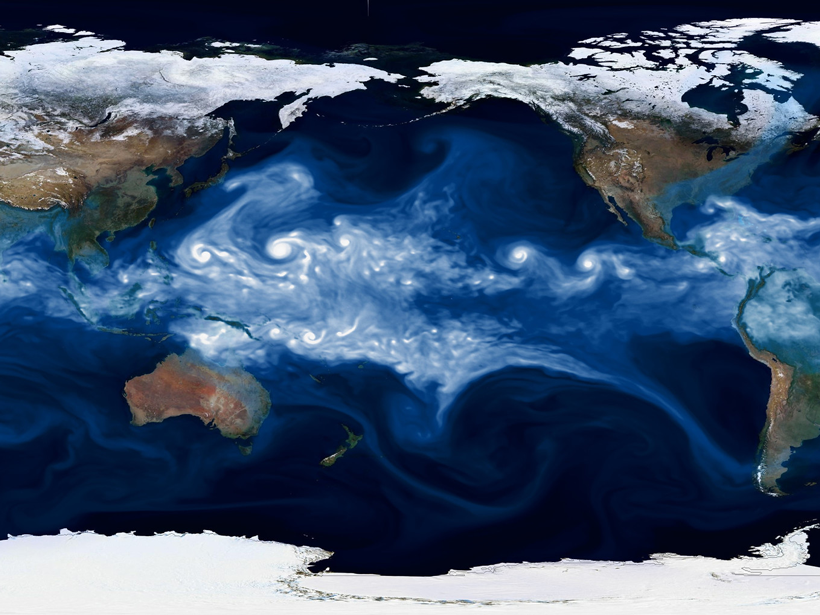“Thundersnow”—thunderstorm activity accompanying a winter storm—was spotted near southern Texas earlier this year.
extreme weather
Untangling Drivers of Ancient Hurricane Activity
Individual paleohurricane records extracted from the sediments of storm-battered islands do not clearly implicate climate as having shaped hurricane frequency over the past millennium.
To Make Better Hurricane Models, Consider Air Pollution
New research uses Hurricane Harvey as a case study to demonstrate the devastating power of aerosols to supercharge tropical storms.
Abrupt Climate Shifts Change the Latitudes of Storm Activity
A new 6500-year construction of storms combined with other paleo-storm records finds abrupt changes in the Atlantic Ocean circulation impact the latitudinal preference of storm activity.
More Clustered Clouds Amplify Tropical Rainfall Extremes
Both satellite observations and model simulations reveal that more aggregated convection amplifies the increase in extreme rainfall events on a year-to-year basis.
The Ocean-Land Connection of Droughts
Around 16 percent of large-scale droughts over land originate above the ocean and these types of droughts are more extensive and severe than droughts that originate over land.
A New Dataset of Temperature and Precipitation Extremes
HadEX3 is an updated dataset of gridded temperature and precipitation extremes, that covers the period of 1901 to 2018 and has improved spatio-temporal coverage.
Weathering Environmental Change Through Advances in AI
Developing trustworthy artificial intelligence for weather and ocean forecasting, as well as for long-term environmental sustainability, requires integrating collaborative efforts from many sources.
Teaching Machines to Detect Climate Extremes
Artificial intelligence can be used to analyze massive amounts of data from climate simulations, but more training data are needed.
As the Planet Warms, Intense Storms Become More Common
Thirty-nine years of satellite data reveal that the prevalence of intense hurricanes, cyclones, and typhoons—category 3 and above on the Saffir-Simpson scale—is increasing.










